Weekend wellness retreats offer a simple way to recharge without needing a lot of time. They blend activities like yoga, meditation, and healthy meals to help participants relax and feel refreshed. Whether someone wants to reset their mind or just take a break, these short getaways can fit easily into a busy schedule.
The best weekend wellness retreats focus on clear goals like reducing stress, improving mental clarity, and boosting energy, all in just a few days. Many retreats also include spa treatments and nature activities that create a peaceful space to unwind. This makes them perfect for anyone looking to step away from everyday demands and find balance quickly.
Choosing the Right Wellness Retreat Destination
Picking the right spot for a wellness retreat means thinking about the environment and what kind of experience is best for recharging. Quiet, natural places often help people relax more deeply. It’s important to match the location to personal preferences, whether that means mountains, beaches, or forests.
Scenic Mountain Getaways


Mountain retreats offer fresh air and stunning views, which can be very calming. These locations often have cool weather and peaceful trails for hiking or meditation. Staying somewhere high up helps many feel disconnected from daily stress.
Many mountain spots include yoga classes or spa treatments with a nature focus. The quiet atmosphere supports mental clarity. Resorts in the mountains usually offer both active and restful options, perfect for anyone wanting a balance.
Beachfront Wellness Escapes


Beach locations provide soothing sounds and open spaces, ideal for relaxation and mindfulness. People can enjoy swimming, walking on the sand, or gentle water exercises like paddleboarding. The sea air often feels refreshing and helps to clear the mind.
Beach wellness retreats tend to include group yoga sessions at sunrise or sunset. Some also feature spa services with ocean-inspired treatments. These retreats are great for those who want calm but also outdoor activities.
Forest and Nature Retreats

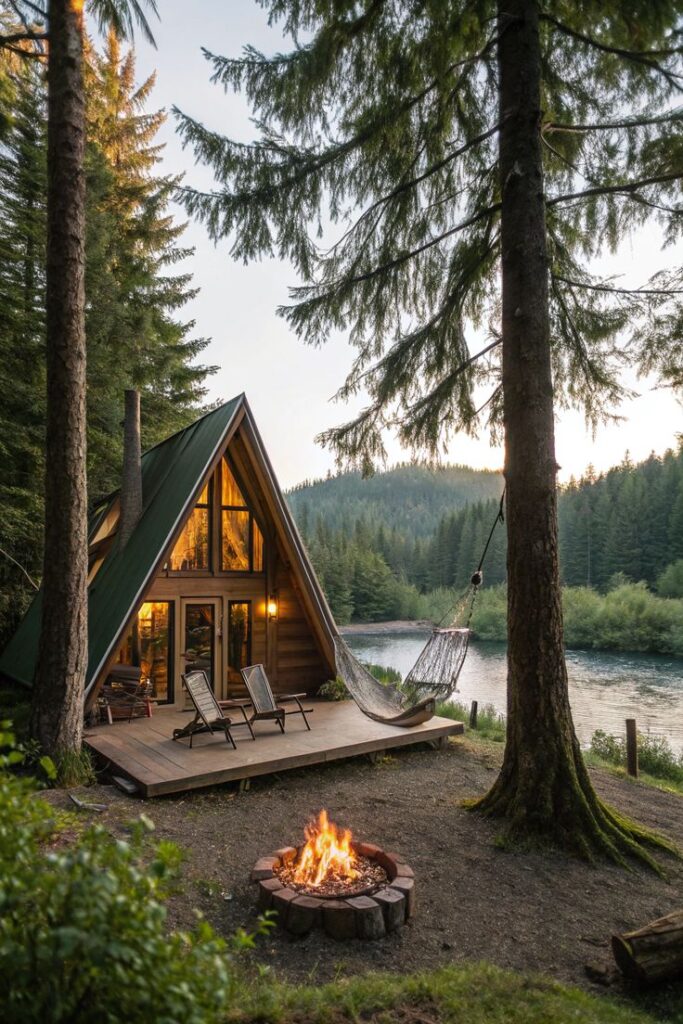
Forests create a natural setting that encourages deep rest and connection with the environment. Walking through quiet woods or sitting near a stream allows for mindfulness and slows the pace of life. The shade and greenery help reduce stress and improve focus.
Many forest retreats combine guided meditation with nature sounds and light physical activity like gentle hiking. Accommodations often involve cabins or lodges that blend into the surroundings. This option suits those looking to unplug fully and enjoy simplicity.
Types of Weekend Wellness Retreats
Weekend wellness retreats come in different styles to meet people’s specific needs. Some focus on physical and mental balance, while others are about deep relaxation or breaking away from screens and tech. Each option offers a clear way to recharge in a short amount of time.
Yoga and Meditation Retreats

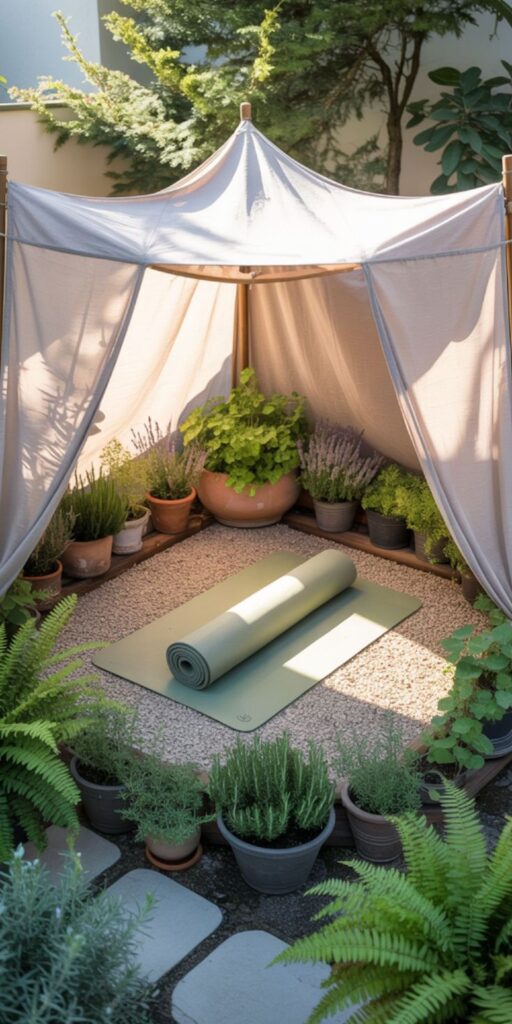
Yoga and meditation retreats usually include daily sessions led by experienced teachers. These sessions help participants build flexibility, reduce stress, and calm the mind. The environment is often peaceful, with natural settings like forests or near water to encourage focus and relaxation.
Besides yoga and meditation classes, meals are often healthy and nourishing, designed to support body and mind. Some retreats add workshops on breathing or mindfulness to teach useful skills that last beyond the weekend. This type suits those wanting a balanced, active way to relax and reset their mental state.
Spa and Relaxation Experiences


Spa and relaxation retreats center on treating the body to rest and healing. They usually offer services like massages, facials, and hot baths. These retreats provide a quiet place away from daily stress where guests can pause and pamper themselves.
Besides treatments, there may be guided nature walks or gentle stretching classes. Healthy meals and comfortable spaces encourage guests to slow down. This kind of retreat suits people looking for physical relief, deep rest, and a peaceful break from busy lives.
Digital Detox Retreats
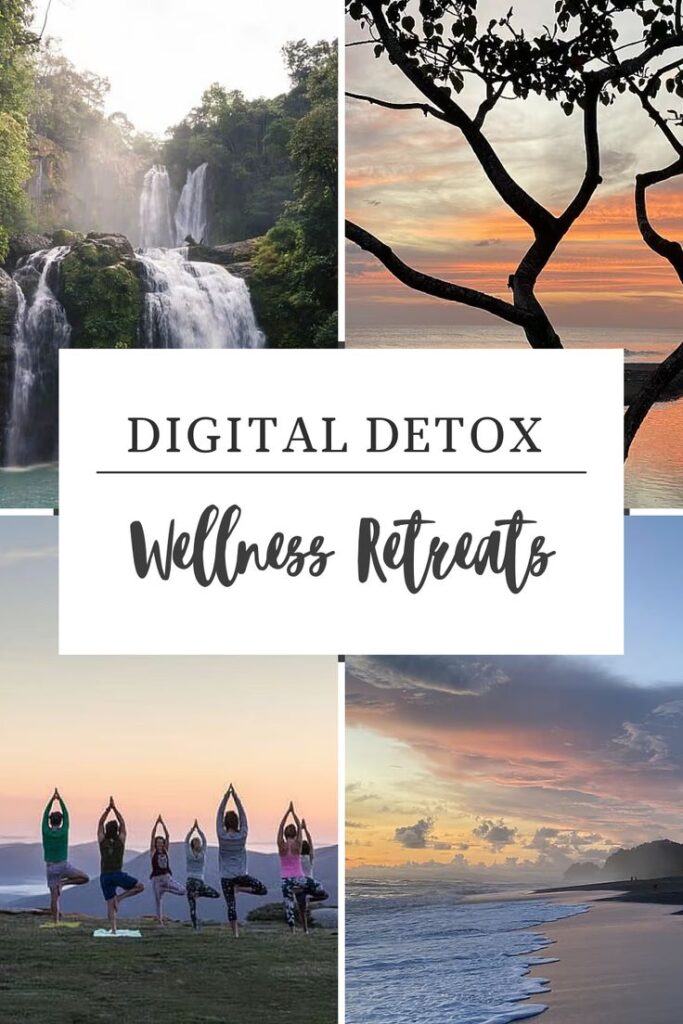

Digital detox retreats focus on disconnecting from phones, computers, and social media. They offer a chance to step away from technology and reduce stress caused by constant online connection. Guests are encouraged to spend time outside, engage in face-to-face conversations, or try creative activities instead.
These retreats usually have rules about no electronics or limited use. Activities might include hiking, journaling, or group discussions. This option fits those who want to refresh their mind by breaking free from screens and distractions, even briefly.
Wellness Activities and Programs
Wellness retreats offer a mix of activities that focus on the mind, body, and overall health. These can include meditation, fitness classes, and healing sessions tailored to help people relax, recharge, and improve their well-being.
Mindfulness Workshops

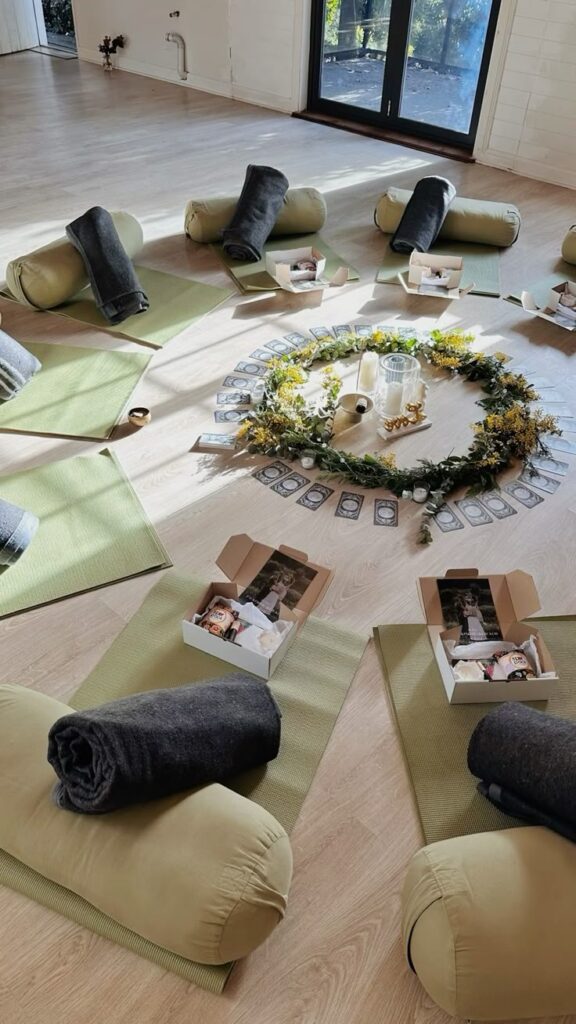
Mindfulness workshops guide participants to focus on the present moment, helping reduce stress and boost mental clarity. These usually involve guided meditation, breathing exercises, and journaling.
People learn how to observe their thoughts without judgment and develop habits to stay calm in daily life. Some workshops include group discussions to share experiences. These sessions can range from 30 minutes to a few hours.
These workshops are useful for people wanting to gain better control over anxiety and improve focus. They often create a peaceful atmosphere with soft music and quiet spaces to help attendees feel comfortable and supported.
Group Fitness Sessions
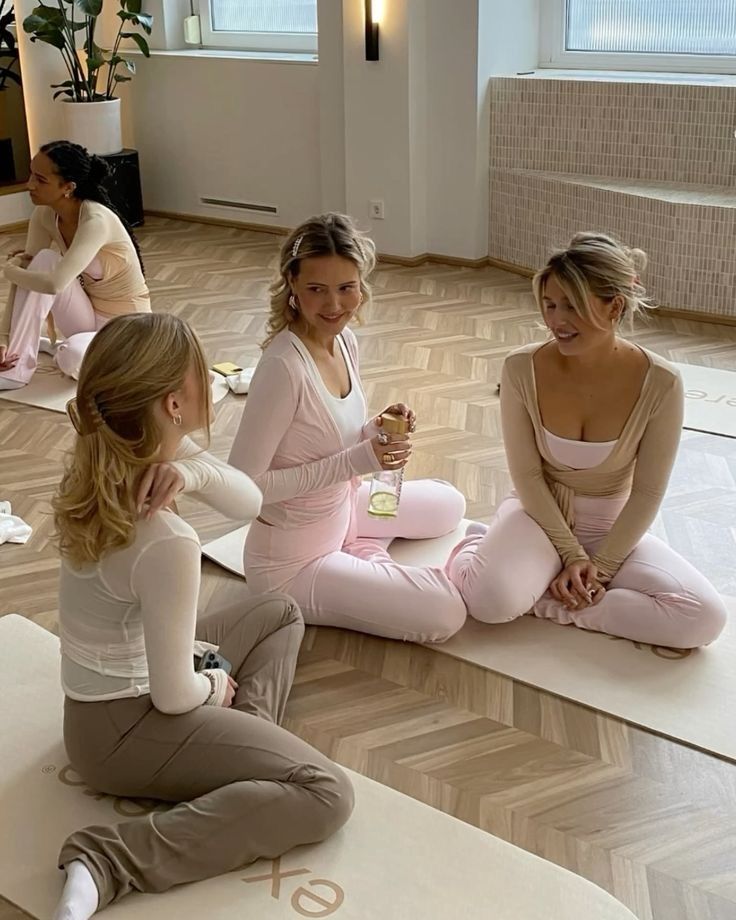

Group fitness sessions provide physical activity tailored for all levels. Common options include yoga, Pilates, and gentle cardio workouts. These classes are designed to energize the body while encouraging connection with others.
Instructors focus on proper form and offer modifications, so everyone can participate safely. These sessions not only help build strength and flexibility but also improve mood by releasing endorphins.
Some retreats offer outdoor exercise like hiking or tai chi, which add fresh air and nature’s calm to the workout. Group settings motivate participants and make fitness more enjoyable.
Holistic Healing Therapies

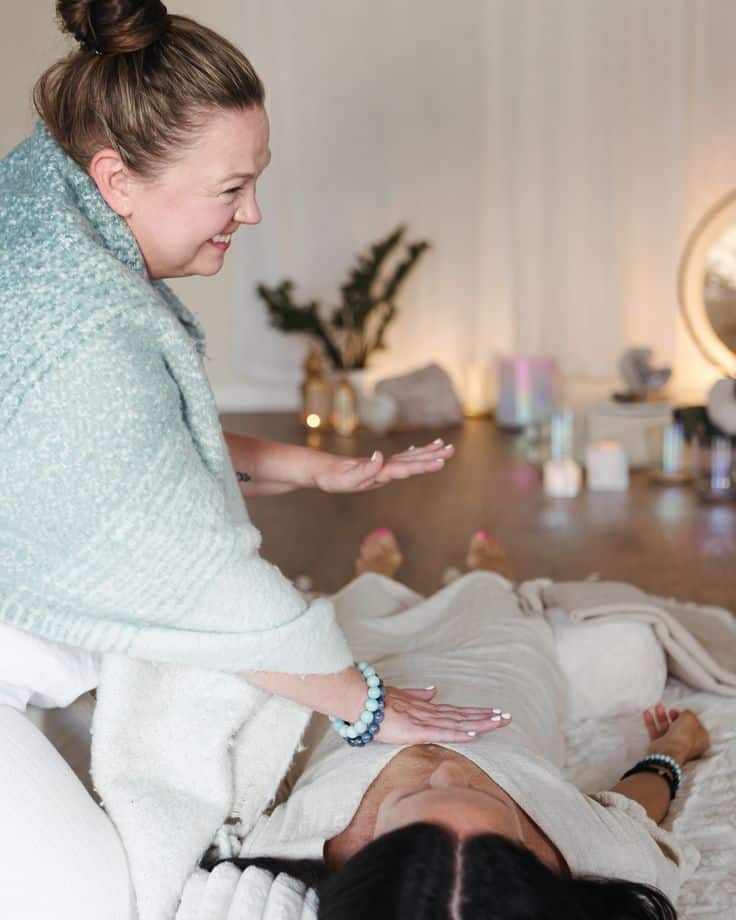
Holistic healing therapies include massages, acupuncture, and sound healing. These treatments aim to balance the body’s energy and promote natural healing.
Massages help relieve muscle tension and improve circulation. Acupuncture stimulates specific points to reduce pain and increase relaxation. Sound healing uses vibrations from instruments like singing bowls to calm the mind.
These therapies can improve sleep, reduce anxiety, and ease physical discomfort. Many retreats combine these treatments with workshops to teach self-care techniques. The setting is often quiet and soothing to support deep relaxation.
Planning Your Retreat Experience
A weekend wellness retreat should be thoughtfully planned to match the needs and preferences of those attending. It takes clear aims, a balanced schedule, and the right items to create a calm and beneficial atmosphere. Attention to these details helps make the retreat fulfilling and smooth.
Setting Intention and Goals
Before the retreat begins, it’s important to decide the main focus. This could be stress relief, physical health, mental clarity, or simply taking a break from daily life. Clear goals help guide all other decisions.
Setting specific intentions, like practicing daily meditation or improving sleep, adds purpose. These intentions give everyone something to work toward and keep the experience meaningful.
Writing down these goals encourages commitment. It also helps organizers create activities that support the aims. Intentions can be personal or shared among the group.
Building a Personalized Itinerary
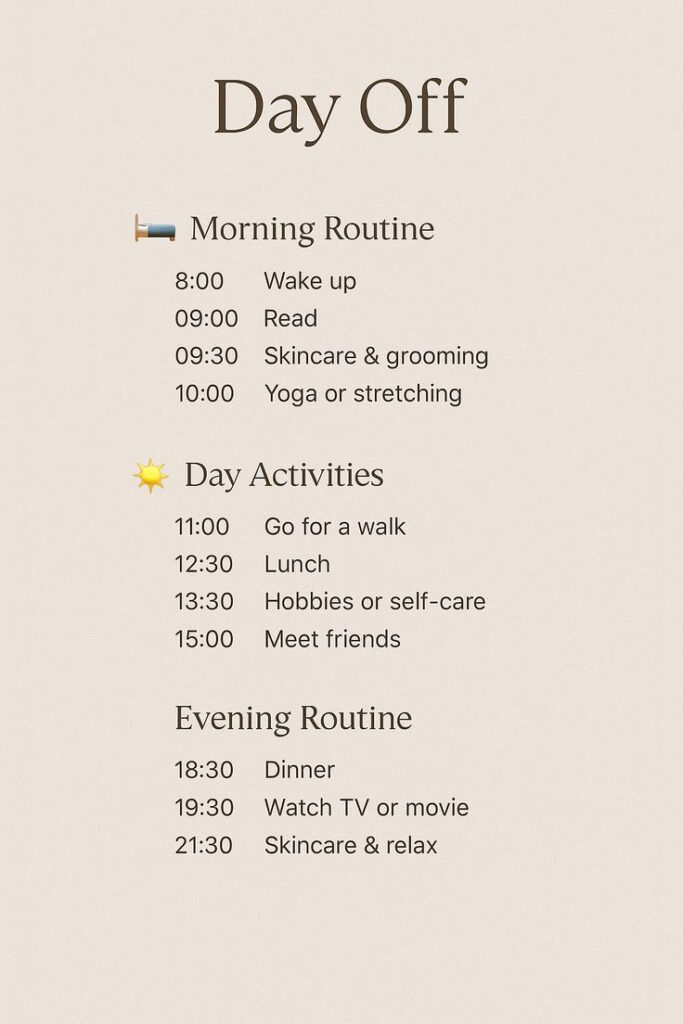

Creating the daily schedule requires a mix of relaxation, learning, and movement. Balance is key to prevent burnout and keep everyone engaged.
Start with simple activities like morning stretches, group meditation, or nature walks. Follow with workshops or talks related to wellness topics chosen for the group.
Breaks and free time are essential. These moments let participants rest and absorb what they’ve experienced.
Example itinerary:
| Time | Activity |
|---|---|
| 8:00 – 9:00 am | Gentle yoga |
| 9:30 – 10:30 am | Guided meditation |
| 11:00 – 12:00 pm | Wellness workshop |
| 12:00 – 1:00 pm | Lunch and rest |
| 1:30 – 3:00 pm | Nature walk or creative time |
| 4:00 – 5:00 pm | Relaxation techniques |
Packing Essentials for Wellness


Packing right ensures comfort and supports the retreat’s goals. Items should promote relaxation, activity, and self-care.
Essentials include:
- Comfortable clothes for yoga and walking
- A reusable water bottle to stay hydrated
- Journal or notebook for reflections
- Yoga mat or blanket
- Personal care products like sunscreen and insect repellent
Extras might include a favorite book, headphones for meditation music, or herbal tea bags. Bringing the right gear helps participants stay focused on wellness instead of daily hassles.
Tips for Maximizing Your Retreat Benefits
To get the most out of a weekend wellness retreat, focus on building strong connections and creating habits that last after the event. These steps help deepen the experience and extend its positive effects.
Connecting with Like-Minded Participants
Building connections with others at the retreat can enrich the experience. When attendees share similar goals or interests, it’s easier to support each other during activities like yoga or meditation.
Encourage conversations during meals or breaks. Small group discussions work well to share personal wellness tips and challenges. This creates a safe space where people feel understood.
Networking can also lead to long-term friendships or accountability partners. Staying in touch after the retreat helps maintain motivation. Sharing progress or setbacks with others can keep wellness goals on track.
Sustaining Wellness After the Retreat
Maintaining retreat habits at home is key to lasting benefits. Creating a daily or weekly routine with simple practices like stretching, journaling, or mindful breathing helps keep the retreat’s calming effects alive.
Setting realistic goals makes it easier to stick to new habits. For example, committing to 10 minutes of meditation three times a week is a manageable start.
Using reminders such as phone alarms or calendar alerts prompts regular wellness check-ins. It also helps to revisit any handouts or resources given during the retreat for guidance.
Finally, scheduling follow-up activities like local yoga classes or nature walks keeps wellness active beyond the retreat weekend.
- 1.8Kshares
- Facebook0
- Pinterest1.8K
- Twitter0
- Reddit0


